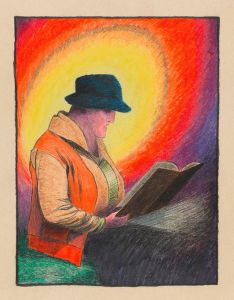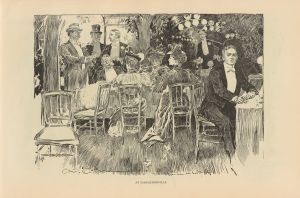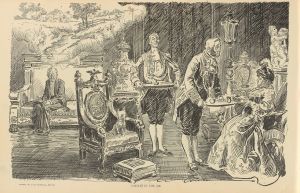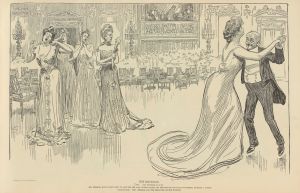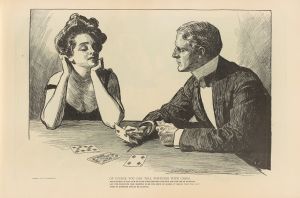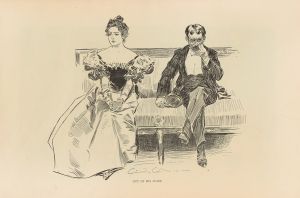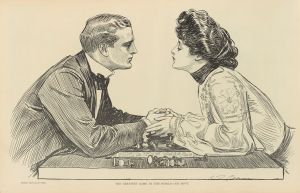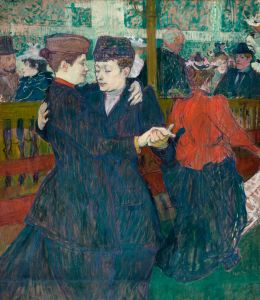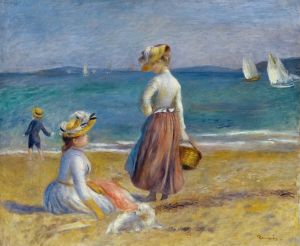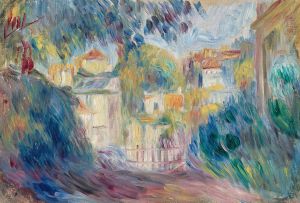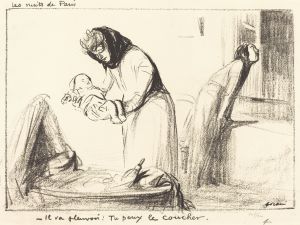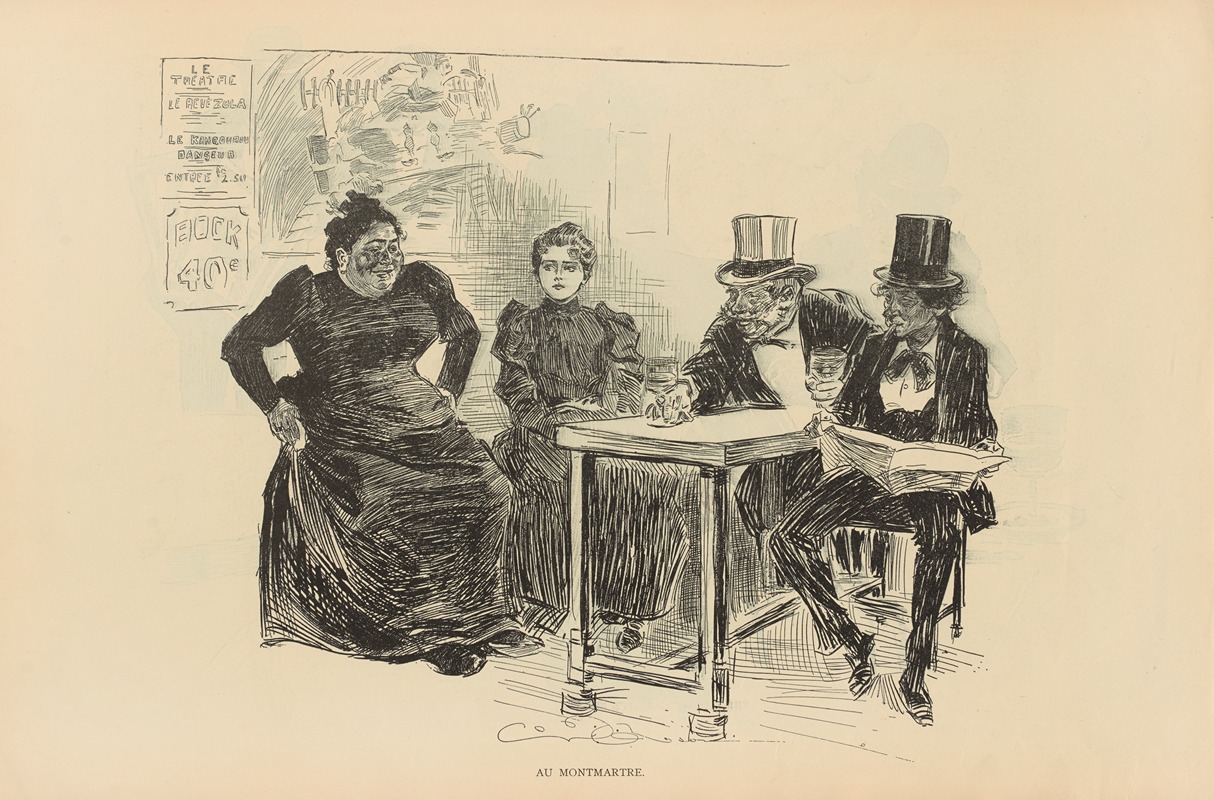
Au Montmartre
A hand-painted replica of Charles Dana Gibson’s masterpiece Au Montmartre, meticulously crafted by professional artists to capture the true essence of the original. Each piece is created with museum-quality canvas and rare mineral pigments, carefully painted by experienced artists with delicate brushstrokes and rich, layered colors to perfectly recreate the texture of the original artwork. Unlike machine-printed reproductions, this hand-painted version brings the painting to life, infused with the artist’s emotions and skill in every stroke. Whether for personal collection or home decoration, it instantly elevates the artistic atmosphere of any space.
Charles Dana Gibson (1867–1944) was an American illustrator best known for his creation of the "Gibson Girl," an iconic representation of the American woman at the turn of the 20th century. His works were widely published in magazines such as Life, Scribner's, and Harper's, and he became one of the most influential illustrators of his time. Among his numerous works, "Au Montmartre" is one of the notable pieces that reflect his artistic style and the cultural milieu of his era.
"Au Montmartre" by Charles Dana Gibson captures a scene set in the famous Montmartre district of Paris, known for its vibrant artistic community and bohemian lifestyle. Montmartre was a hub for artists, writers, and musicians during the late 19th and early 20th centuries, and it played a significant role in the development of modern art. The district's lively atmosphere and eclectic mix of people provided rich material for artists like Gibson.
In "Au Montmartre," Gibson employs his characteristic pen-and-ink technique to depict a lively and detailed scene. The illustration showcases a group of elegantly dressed individuals, likely patrons of a café or a social gathering, engaging in animated conversation and enjoying the vibrant nightlife that Montmartre was famous for. Gibson's attention to detail and his ability to capture the nuances of human expression and interaction are evident in this work.
The composition of "Au Montmartre" reflects Gibson's keen observational skills and his talent for storytelling through imagery. Each figure in the scene is meticulously rendered, with distinct facial expressions and body language that convey a sense of individuality and personality. The background, though less detailed, provides a sense of place and context, enhancing the overall narrative of the illustration.
Gibson's work, including "Au Montmartre," was highly regarded for its technical excellence and its ability to capture the spirit of the times. His illustrations often provided social commentary, reflecting the fashions, attitudes, and social dynamics of the late 19th and early 20th centuries. "Au Montmartre" is no exception, offering a glimpse into the lively and cosmopolitan world of Parisian society during this period.
While Gibson is primarily celebrated for his depictions of American life and the iconic Gibson Girl, "Au Montmartre" demonstrates his versatility and his ability to capture the essence of different cultural settings. This work stands as a testament to his skill as an illustrator and his deep understanding of the human condition.
In summary, "Au Montmartre" by Charles Dana Gibson is a masterful illustration that encapsulates the vibrant social scene of the Montmartre district in Paris. Through his detailed and expressive pen-and-ink technique, Gibson brings to life a moment of animated interaction among the patrons of this famous artistic enclave. The work reflects Gibson's exceptional talent for capturing the subtleties of human expression and his ability to tell a compelling story through his art.





